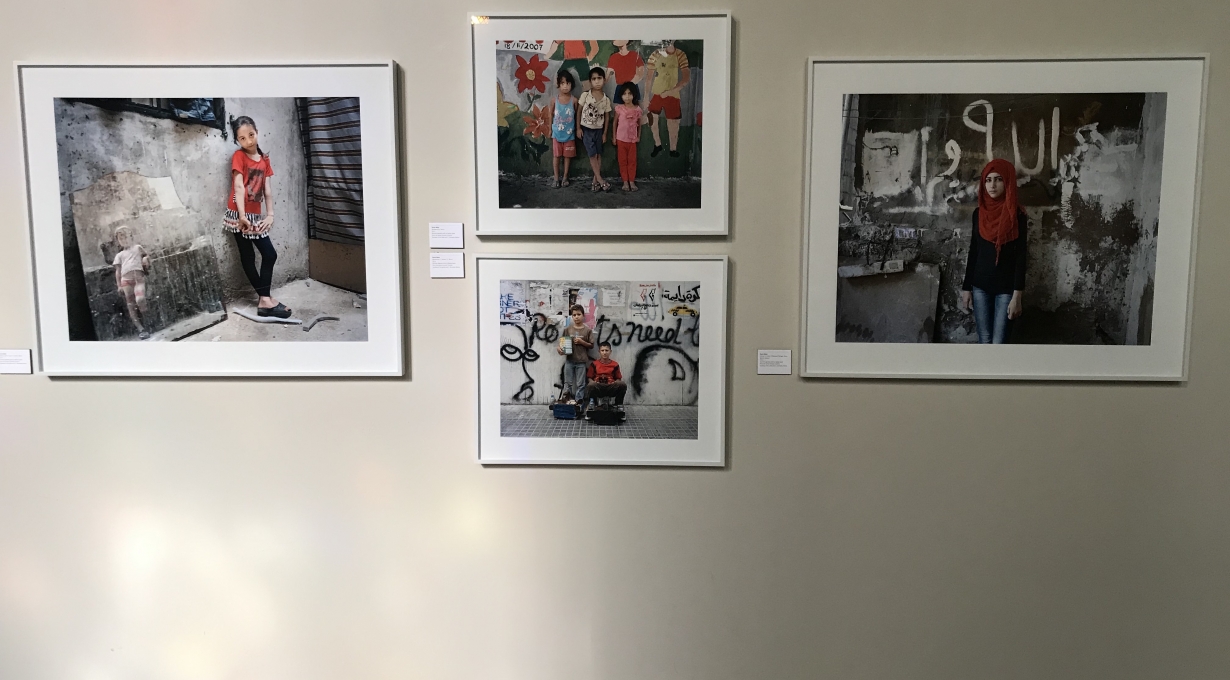Meet the Artists: Rania Matar

Four of Rania Matar’s photographs from the series Invisible Children, 2011-2014 appear in the Value of Sanctuary: Building a House Without Walls, now on view in the Cathedral.
You can follow Rania on Facebook, Twitter, and Instagram.
What were you thinking about when creating this piece of work? Had you spent any time considering the word “sanctuary”?
I started this work in 2014. The refugee problem had not yet reached the magnitude it has since reached in Europe and the US. It was not yet all over the news at all times, but in Lebanon, it had quietly started. My work up to that point has mainly focused on girlhood and womanhood, but seeing those children on the street compelled me to give them a face and a voice.
As a mother of similar age children, I was truly moved by the children, the teenagers and the young mothers, and struck by the fact that they had become almost faceless and invisible to the locals. They were standing at street corners, most often begging for money, sometimes selling red roses or miscellaneous trinkets, or carrying beat-up shoe-shining equipment. They all said they were working. Their stories were eerily similar: they were in Lebanon with their mother living in makeshift homes; their father had either died or was fighting in Syria – they never knew which side he was fighting on; they were not at school; they were living in a temporary limbo that was becoming more permanent by the day; many couldn't read or write, and they were all nervous and scared and often gave me fake names. Their lives were very far from what could be considered a sanctuary – they lacked safety and stability.
Those kids and teens seemed to blend with the graffiti on the walls in front of which they were standing, just like an added new layer of history, of ripped billboard advertising, as invisible and as anonymous. I tried through my images to portray their dignity and their individuality. I eventually added to the series a few images of another set of refugees, another set of invisible children: third generation refugees in Palestinian refugee camps.